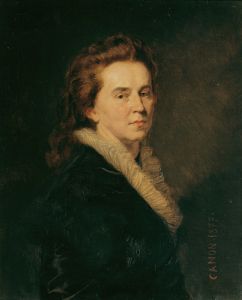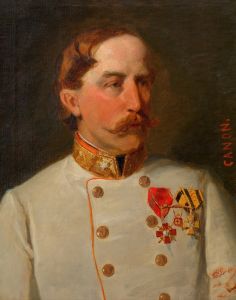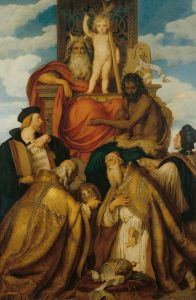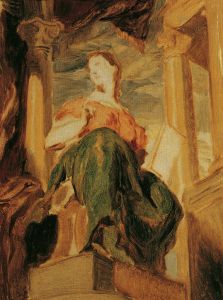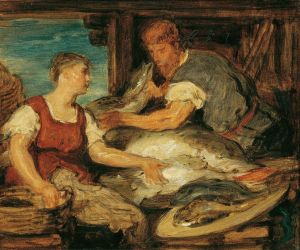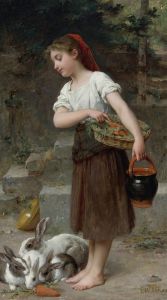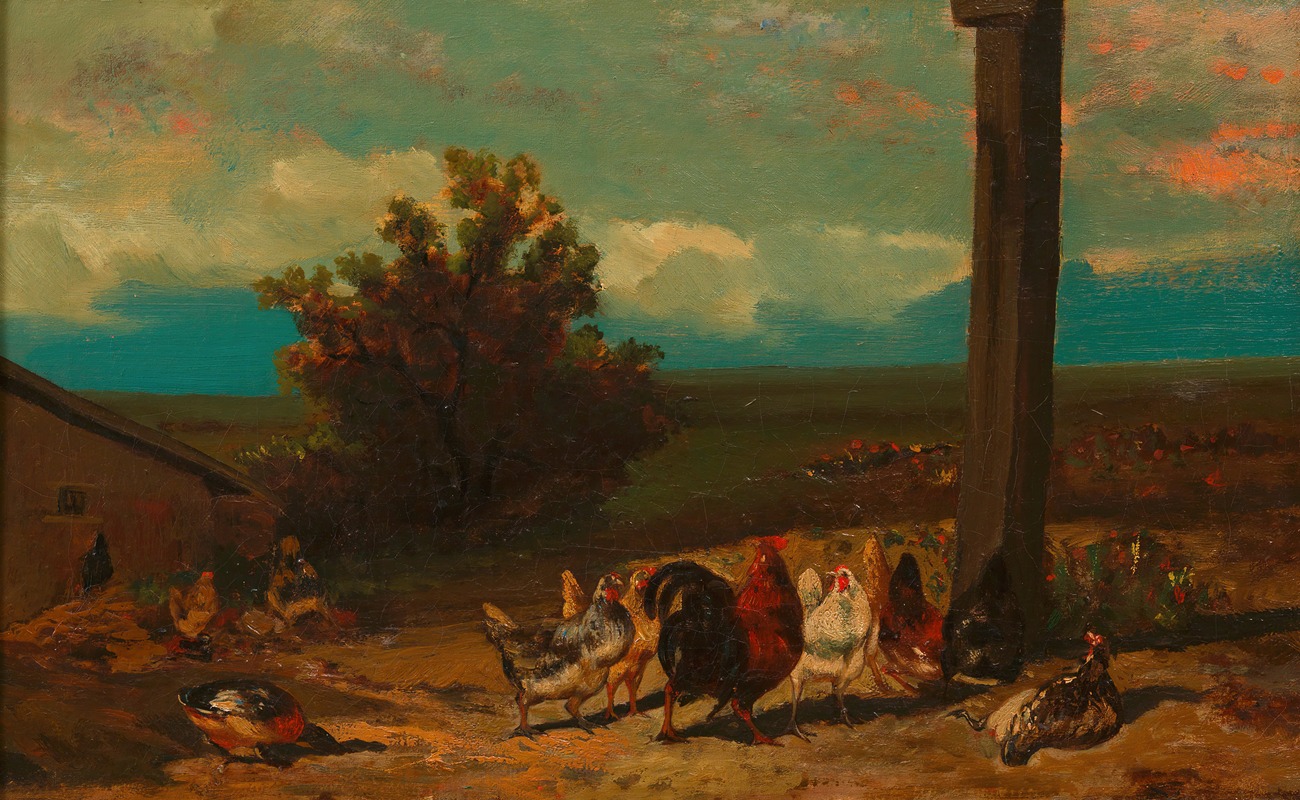
Hühnerhof
A hand-painted replica of Hans Canon’s masterpiece Hühnerhof, meticulously crafted by professional artists to capture the true essence of the original. Each piece is created with museum-quality canvas and rare mineral pigments, carefully painted by experienced artists with delicate brushstrokes and rich, layered colors to perfectly recreate the texture of the original artwork. Unlike machine-printed reproductions, this hand-painted version brings the painting to life, infused with the artist’s emotions and skill in every stroke. Whether for personal collection or home decoration, it instantly elevates the artistic atmosphere of any space.
Hans Canon, an Austrian painter known for his historical and genre scenes, created the painting "Hühnerhof" during the 19th century. Canon, whose real name was Johann Baptist Strašiřipka, was born on March 15, 1829, in Vienna, Austria. He was a prominent figure in the Austrian art scene and was known for his ability to blend realism with a sense of romanticism in his works.
"Hühnerhof," which translates to "Chicken Yard" in English, is one of Canon's genre paintings that captures a slice of everyday life. Genre paintings are artworks that depict scenes from everyday life, often showing ordinary people engaged in common activities. This painting is a testament to Canon's skill in portraying the nuances of daily life with a keen eye for detail and composition.
The painting likely depicts a rural or semi-rural setting, focusing on a scene involving chickens, which were a common feature in many households during the 19th century. While specific details about the painting's composition and elements are not widely documented, it can be inferred that Canon's work would include a realistic portrayal of the chickens and their surroundings, given his reputation for detailed and lifelike depictions.
Hans Canon's works often reflect his academic training and his exposure to various European art movements. He studied at the Academy of Fine Arts in Vienna and later traveled extensively, which influenced his artistic style. Canon's ability to capture light and texture, as well as his attention to detail, would have been evident in "Hühnerhof," as in his other works.
Canon's paintings were well-received during his lifetime, and he was a respected member of the Vienna Künstlerhaus, an association of artists. His contributions to art were recognized with various honors, and he was considered one of the leading artists of his time in Austria. His works are characterized by their vibrant colors, dynamic compositions, and the ability to convey a narrative through imagery.
While "Hühnerhof" may not be as widely known as some of Canon's other works, it remains an example of his genre painting, showcasing his interest in everyday subjects and his skill in rendering them with authenticity and charm. Canon's legacy in the art world is marked by his diverse body of work, which includes portraits, historical scenes, and genre paintings, each reflecting his mastery of technique and his artistic vision.
Hans Canon passed away on September 12, 1885, in Vienna, leaving behind a rich legacy of art that continues to be appreciated for its technical excellence and its ability to capture the essence of 19th-century life. His works, including "Hühnerhof," remain a testament to his talent and his contribution to the world of art.







